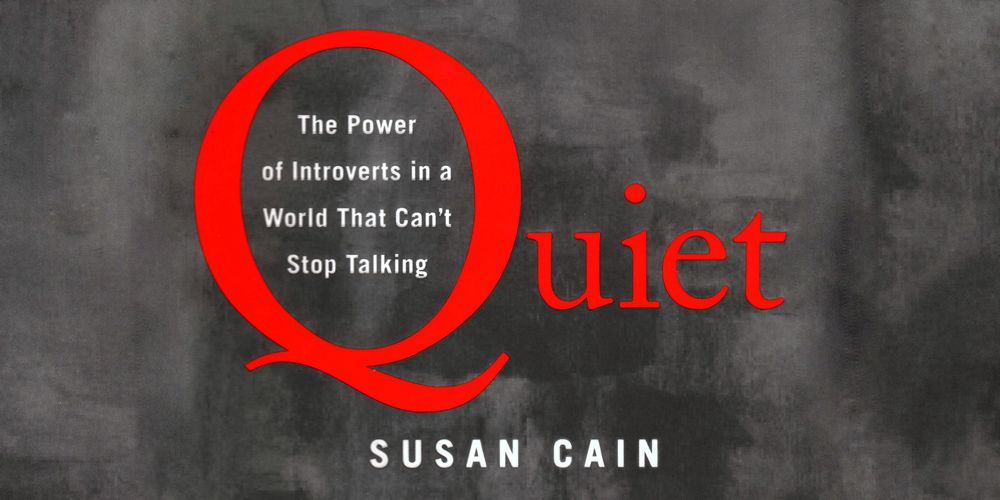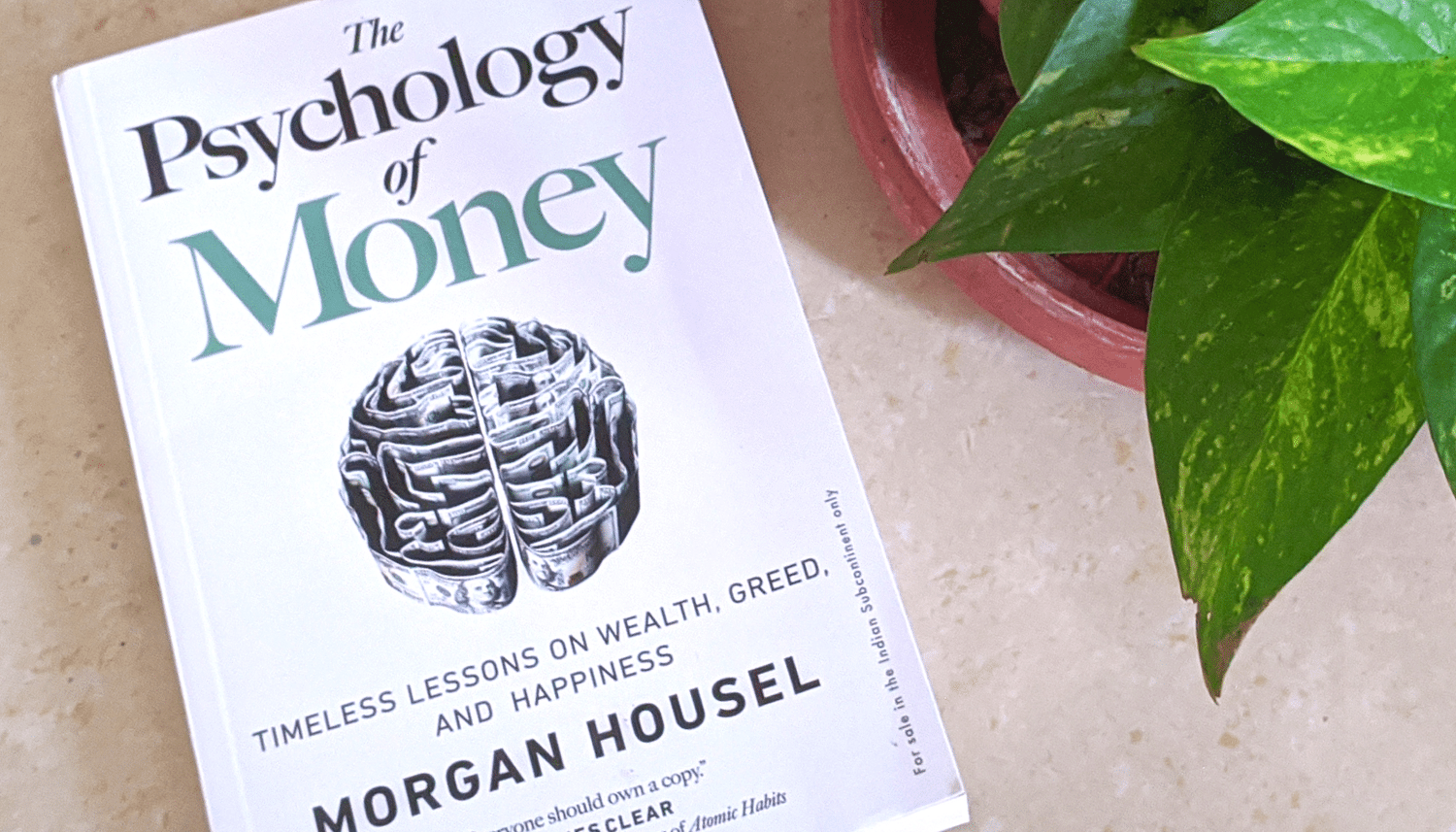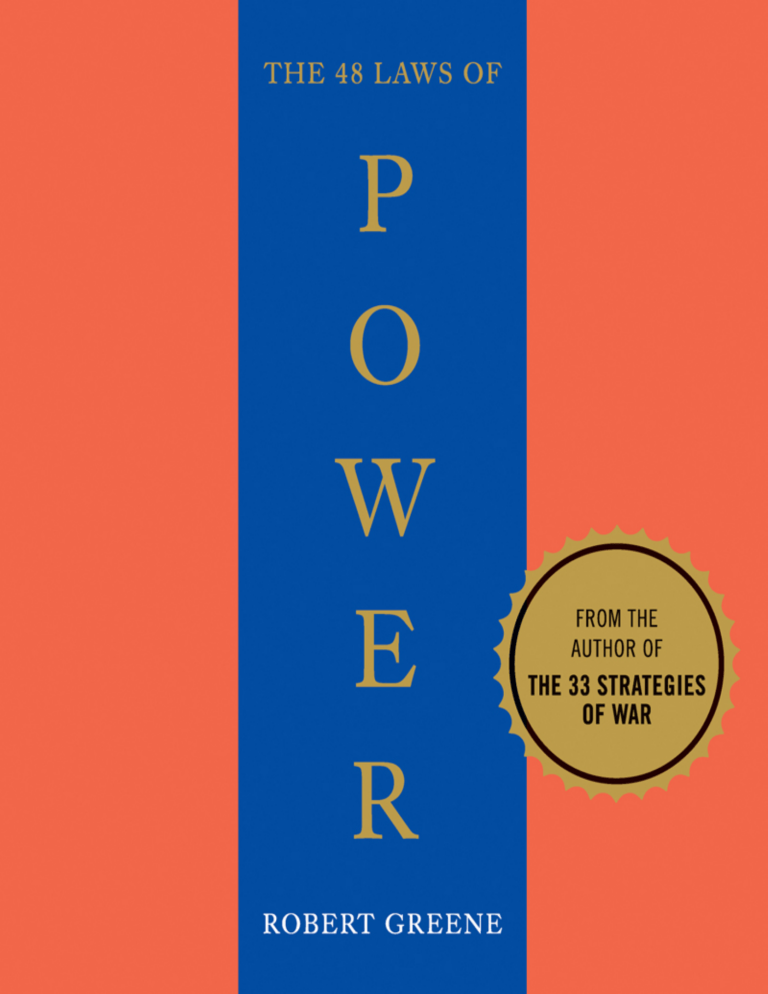Table of Contents
In Quiet book summary, we examine the book “Quiet: The Power of Introverts in a World That Can’t Stop Talking” by Susan Cain. This book explores the often-overlooked strengths and values of introverts in a society that prizes extroversion.
The author examines the rise of the “Extrovert Ideal” and its implications for individuals, workplaces, and cultures. It also sheds light on the biological underpinnings of introversion and offers practical advice for introverts to navigate an extroverted world.
The Rise of the Extrovert Ideal
The book begins by tracing the historical shift from a culture that valued character to one that prioritizes personality, particularly extroverted traits like charisma and sociability.
This shift, termed the “Culture of Personality,” emerged in the early 20th century and was fueled by factors like urbanization, the rise of mass media, and the growing importance of salesmanship.
Self-help guides started emphasizing outward charm over inner virtue, advocating for qualities like magnetism and fascination. Advertising further reinforced this ideal, portraying consumers as performers in need of products to boost their confidence and appeal.
The Impact of the Extrovert Ideal
The Extrovert Ideal has permeated various aspects of American society, from education to business. Schools increasingly favor group projects and emphasize social skills over individual learning and deep thinking.
Workplaces prioritize teamwork and open-plan offices, often overlooking the benefits of solitude and focused concentration. The pressure to be outgoing and constantly “on” can be especially challenging for introverts, leading to feelings of inadequacy and even social anxiety.
The author challenges the notion that extroversion is always a prerequisite for effective leadership. She highlights examples of successful introverted leaders like Rosa Parks, Moses, and Warren Buffett who achieved greatness through their quiet persistence, thoughtful decision-making, and ability to resist the allure of the crowd.
The Biology of Introversion
The book also explores the scientific evidence for the biological basis of introversion. Studies suggest that introversion and extroversion are partly heritable and linked to differences in the nervous system’s reactivity to stimulation.
Introverts tend to have a lower threshold for stimulation and are more easily overstimulated by external input, while extroverts thrive on higher levels of stimulation.
Research also points to variations in the brain’s reward system, with extroverts exhibiting a stronger response to dopamine, the neurotransmitter associated with pleasure and motivation.
This difference in reward sensitivity helps explain why extroverts are more drawn to risky behavior and seek out external rewards like money and status, while introverts find greater satisfaction in intrinsic rewards and meaningful work.
Navigating an Extroverted World
The book offers practical strategies for introverts to navigate an extroverted world without compromising their authentic selves. One key concept is the idea of “Free Traits,” where individuals can act out of character in service of a “core personal project” they find meaningful. For example, an introverted professor who is passionate about teaching may overcome their natural reticence to deliver engaging lectures.
However, it’s important to recognize the energy cost of acting out of character and to create “restorative niches” – spaces or activities that allow introverts to recharge and reconnect with their true selves. These niches can be anything from spending time alone to engaging in solitary hobbies.
The Value of Introversion
The book concludes by emphasizing the importance of recognizing and valuing the unique strengths of introverts. Introverts bring to the table qualities like:

- Deep thinking and creativity: Introverts are often highly creative and innovative individuals who thrive in environments that allow for solitude and focused concentration.
- Careful analysis and problem-solving: Their tendency to pause and reflect makes them adept at identifying risks and developing thoughtful solutions.
- Persistence and resilience: Introverts are less swayed by external rewards and are more likely to persevere in the face of challenges.
Cain argues that a society that embraces both introversion and extroversion can achieve a better balance and unlock the full potential of all its members.
She encourages introverts to embrace their quiet strengths and to find their own paths to success and fulfillment.at recognizes the power of introversion and the importance of balancing it with extroversion for a more balanced and productive society.
People Who Should Read Quiet: The Power of Introverts in a World That Can’t Stop Talking
- Introverts: The book explores the strengths of introversion and aims to help introverts feel comfortable being themselves. It dispels myths about the need for extroversion to be happy and successful and encourages introverts to embrace their reflective nature.
The book provides advice on navigating an extrovert-dominated world and highlights the essential role introverts play in society.
- Extroverts: The book offers insights into the nature of introversion, helping extroverts better understand and appreciate the introverts in their lives. It explains how introverts and extroverts think and process information differently and offers tips for communication between the two personality types.
The book also encourages extroverts to recognize the value of introverted traits and suggests that they might benefit from adopting some of these qualities in certain situations.
- Parents: The book provides valuable advice on how to raise introverted children in an extroverted culture. It suggests that parents should help introverted children adjust to new situations but should otherwise allow them to express their true nature.
The book also offers guidance on recognizing and supporting introverted children’s strengths and passions.
- Teachers: The book encourages teachers to recognize and nurture the unique strengths of introverted students. It offers practical advice on classroom management techniques that are sensitive to the needs of introverted learners, such as avoiding seating arrangements that force introverted children to interact in large groups.
The book emphasizes the importance of allowing introverted students to participate at their own pace and in ways that feel comfortable for them.
- Business Leaders: The book challenges the myth of charismatic leadership, arguing that quiet, introverted leaders can be just as effective as their more extroverted counterparts. It provides examples of successful introverted leaders in various fields, including business, politics, and activism.
The book also suggests ways in which companies can create environments that value both introverted and extroverted styles of thinking and working.
- Anyone Interested in Psychology and Personality: The book explores the science of introversion and extroversion, discussing the biological and environmental factors that contribute to personality development. It provides a historical overview of how cultural attitudes towards introversion and extroversion have evolved over time.
The book has garnered praise from a wide range of sources, including academics, psychologists, and business leaders. These endorsements suggest that the book’s message is relevant and valuable for a diverse audience.
The author, Susan Cain, is herself an introvert and shares her own experiences throughout the book, making the content relatable and engaging.

Liked Quiet book summary? Read other book summaries here
You may also enjoy:








Leave a Reply